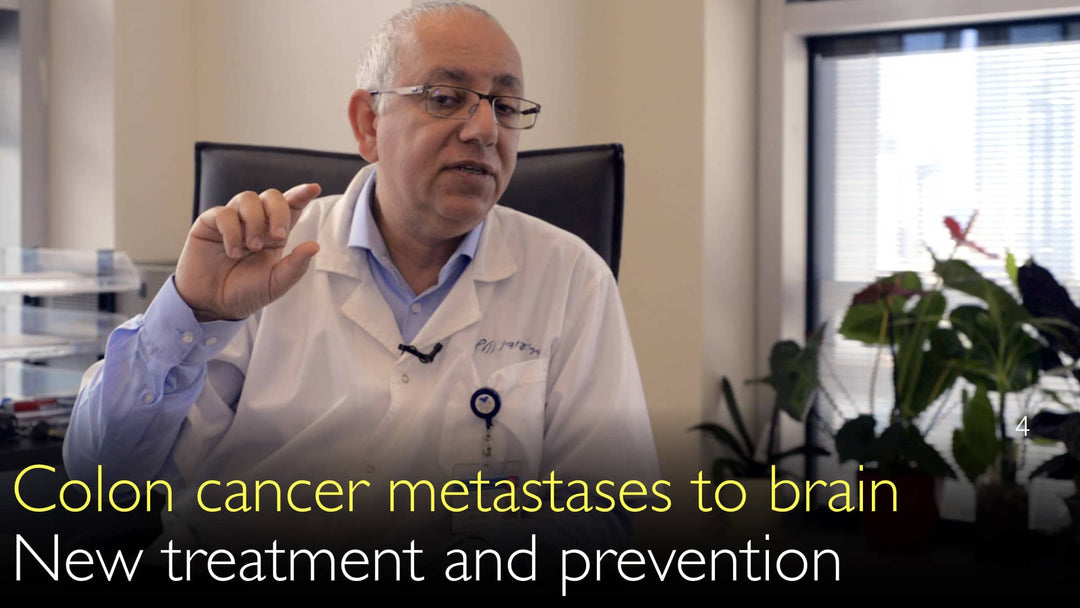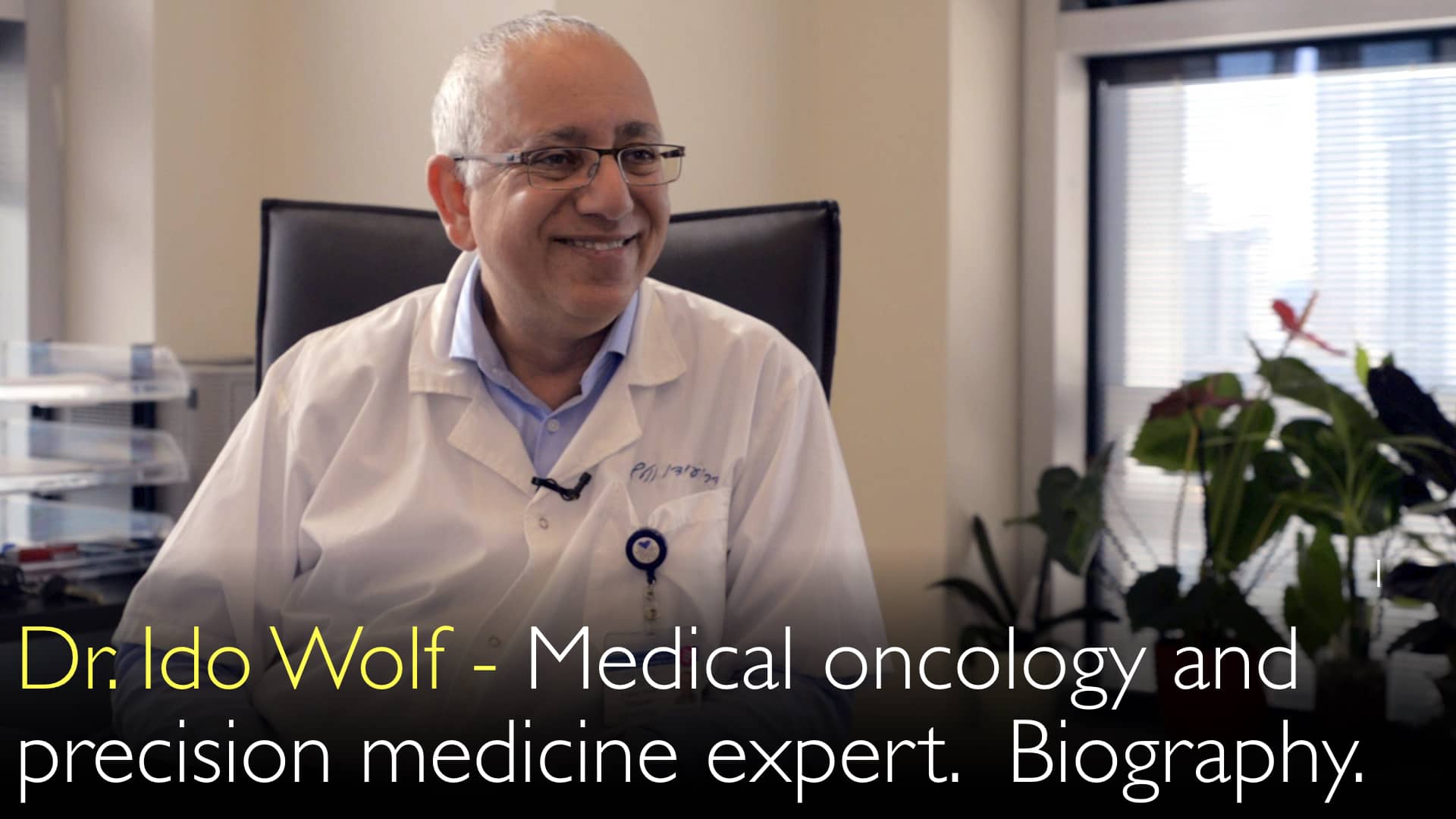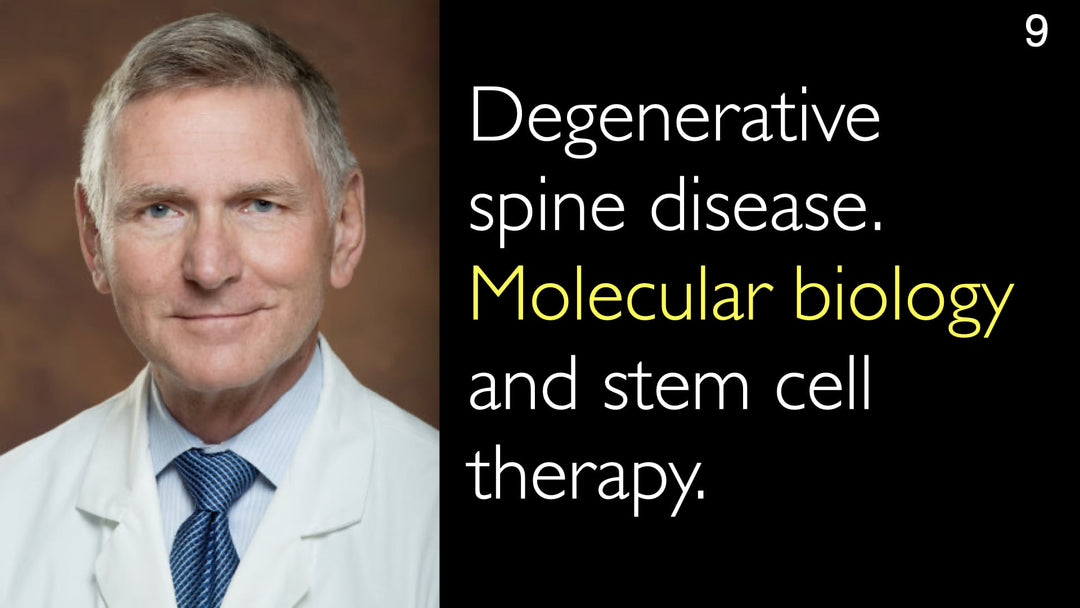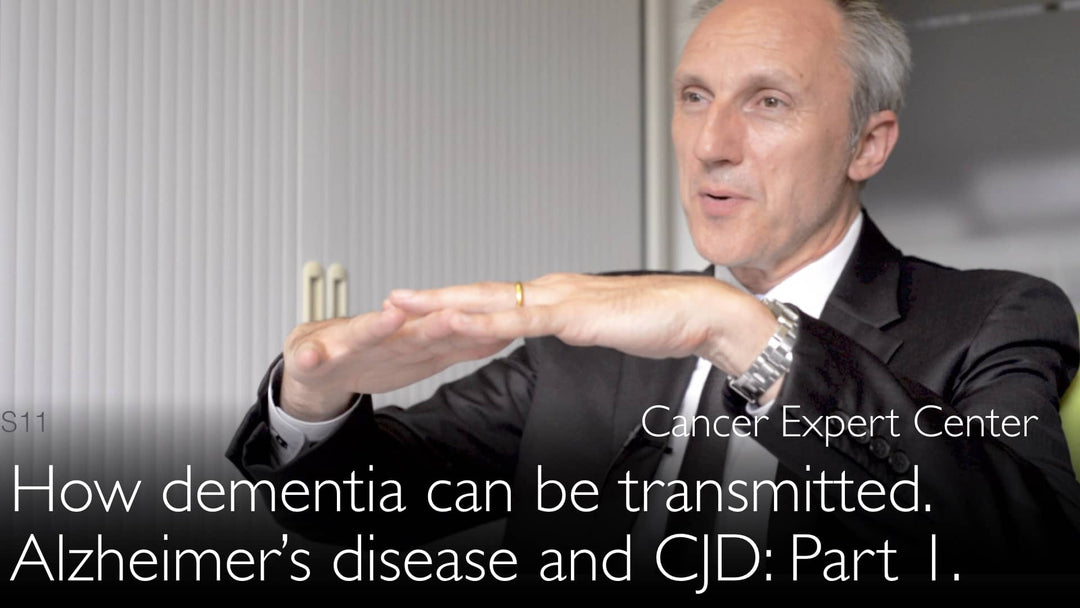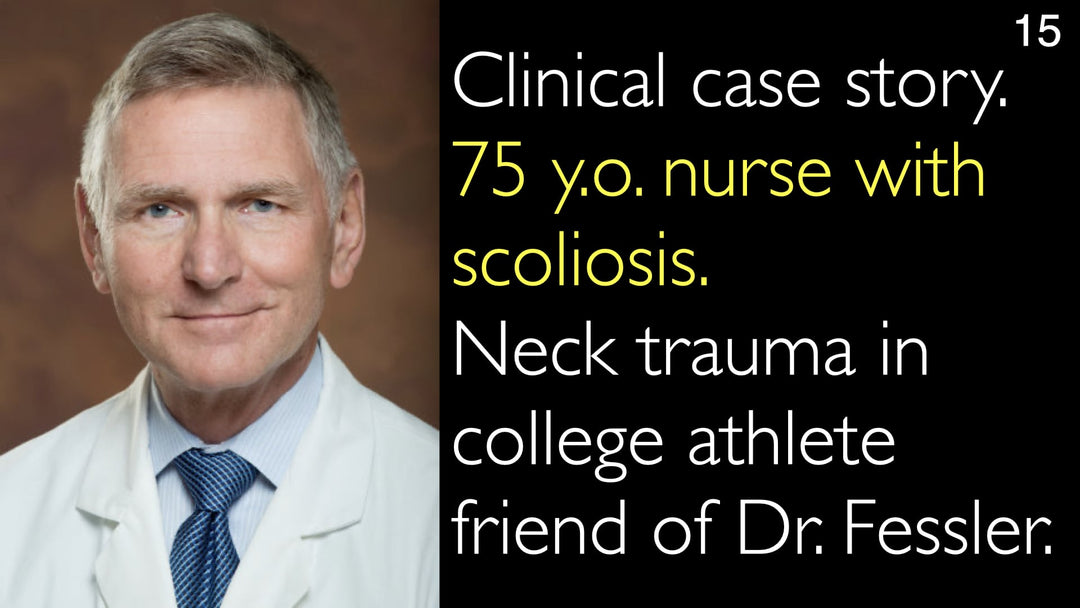מומחה מוביל ברפואה מותאמת אישית ואונקולוגיה, ד"ר אידו וולף, MD, מסביר על מחקר חדש בנושא גרורות סרטן. הוא מפרט כיצד תאי גידול מסתגלים כדי להתפשט לאיברים עוינים כמו המוח. מוטציות ספציפיות מאפשרות לסרטן לשגשג בסביבות חדשות. תגלית זו מאפשרת חיזוי טוב יותר של אתרי גרורות. היא גם פותחת דרכים חדשות לטיפול ממוקד ואסטרטגיות מניעה.
הבנה ומניעה של גרורות מוחיות בסרטן המעי הגס
קפיצה לפרק
- גרורות בסביבות עוינות
- דפוסי מוטציות איבר-ספציפיים
- מנגנוני הסתגלות של תאי סרטן
- חיזוי התפשטות גרורתית
- אסטרטגיות טיפול ומניעה ממוקדות
- תמליל מלא
גרורות בסביבות עוינות
גרורות סרטניות דורשות מתאים לנדוד ולשרוד באיברים זרים ועוינים. ד"ר עידו וולף, MD, מדגיש כי הסביבה באתר הגרורה שונה לחלוטין מהגידול הראשוני. לדוגמה, רקמת המעי הגס שונה מאוד מרקמת המוח. סביבה חדשה ועוינה זו מציבה אתגרים משמעותיים בפני תאי סרטן במחזור.
ד"ר אנטון טיטוב, MD, משוחח עם ד"ר עידו וולף, MD. הם בוחנים כיצד תאי סרטן מתגברים על מחסומים אלה. התאים חייבים להסתגל לגורמים כמו רמות חמצן וגלוקוז נמוכות יותר. הסתגלות זו היא שלב קריטי בהיווצרות נגע גרורתי מוצלח.
דפוסי מוטציות איבר-ספציפיים
מחקרים חדשים חושפים כי לגרורות ספציפיות יש דפוסי מוטציות ייחודיים. ד"ר עידו וולף, MD, מסביר כי המעבדה שלו חוקרת סוגי סרטן שונים, כולל מעי גס, לבלב ושד. מבחינה היסטורית, המחקר התמקד בגנטיקה של הגידול הראשוני. התגליות האחרונות מראות שנגעים גרורתיים מפתחים פרופילים גנטיים ייחודיים משלהם.
דפוסי מוטציות אלה הם איבר-ספציפיים. גרורה בכבד מסרטן המעי הגס תהיה בעלת הרכב גנטי שונה מגרורה במוח מאותו גידול ראשוני. ממצא זה קריטי מכיוון שהוא חורג מניתוח הסרטן המקורי בלבד. הוא מדגיש את הצורך להבין את הגנטיקה של המחלה הגרורתית עצמה.
מנגנוני הסתגלות של תאי סרטן
תאי סרטן מפעילים מתגים מולקולריים ספציפיים כדי לשרוד באיבר חדש. ד"ר עידו וולף, MD, מתאר כיצד הסתגלות זו דורשת רשת שלמה של פעילות מטבולית. התאים חייבים להפעיל מסלולים המאפשרים להם להתרבות למרות תנאים עוינים. תהליך זה מונע על ידי רכישת מוטציות חדשות המעניקות יתרון הישרדותי.
מוטציות אלה אינן קיימות בגידול הראשוני. הן נבחרות בסביבה החדשה. כדי שתא סרטן המעי הגס ישגשג במוח, עליו להתגבר על אתגרים עצומים. המנגנונים המולקולריים העומדים בבסיס הסתגלות זו הם מוקד מרכזי במחקר הסרטן הנוכחי.
חיזוי התפשטות גרורתית
הבנת פרופילי המוטציות עשויה לאפשר לרופאים לחזות לאן יתפשט הסרטן. ד"ר עידו וולף, MD, מציין שדפוס מוטציה ספציפי עשוי להעניק לגידול יתרון להתגרות לאיבר ספציפי. על ידי ניתוח הגנטיקה של הגידול הראשוני, אונקולוגים עשויים לחזות את האתרים הסבירים ביותר לגרורות עתידיות, כגון מוח או כבד.
יכולת חיזוי זו היא יישום פוטנציאלי חזק של מחקר זה. ד"ר אנטון טיטוב, MD, וד"ר עידו וולף, MD, דנים בהשלכותיו העמוקות על ניטור וסקירת מטופלים. ידיעת הנטייה של גידול לגרורות מוחיות עשויה לשנות את אופן המעקב אחר מטופלים לאחר טיפול ראשוני.
אסטרטגיות טיפול ומניעה ממוקדות
המטרות הסופיות הן שיפור הטיפול ומניעת גרורות. ד"ר עידו וולף, MD, מסביר כי זיהוי פגיעויות ספציפיות בתאים גרורתיים מאפשר טיפול ממוקד. לדוגמה, עיכוב מסלולים מטבוליים קריטיים עשוי לעצור גדילה של גרורה מוחית. גישה זו חורגת מכימותרפיה מסורתית.
מניעה היא האסטרטגיה הטובה ביותר. ד"ר אנטון טיטוב, MD, בוחן מושג זה עם ד"ר עידו וולף, MD. אם מזוהים מסלולים מולקולריים מסוכנים בגידול הראשוני, רופאים יכולים לכוון אליהם מראש. טיפול פרואקטיבי זה עשוי למנוע התפשטות גרורתית למוח לחלוטין, ובכך לשפר fundamentally את התוצאות עבור חולים עם סרטן מעי גס מתקדם.
תמליל מלא
התפשטות גרורתית של גידול דורשת מתאי סרטן לנדוד לאיברים ורקמות "זרים" ועוינים. כך, תאי הגידול רוכשים מוטציות חדשות. אונקולוג מוביל ומומחה לרפואה מותאמת אישית מסביר מחקר חדש על how to predict and prevent metastatic spread of cancer, especially spread of colorectal cancer to the brain.
ד"ר אנטון טיטוב, MD: אתה חוקר גרורות, או התפשטות, של תאי סרטן לאיברים אחרים. גרורות מתפשטות לריאות, לכבד, אך במיוחד למוח.
זיהית מנגנונים particular how colorectal cancer cells can spread to the brain. מה גורם להתפשטות תאי סרטן למוח?
מה יכול למנוע את התהליך הגרורתי למוח מ, for example, colorectal cancer?
ד"ר עידו וולף, MD: זהו פרויקט שהתחלנו רק לאחרונה. זהו מחקר brand new במעבדה שלנו. אנחנו לוקחים גידולים various: אנחנו חוקרים סרטן מעי גס, סרטן לבלב, סרטן שד. אנחנו רואים מה משפיע על התפשטות הגרורות.
זו שאלה חשובה because many of the studies that were done today, including genomic studies or RNA sequencing, focused mostly on the primary tumor. זהו רקמת הגידול שבדרך כלל חוקרי סרטן מקבלים from a surgeon or pathologist.
מה שאנחנו מגלים now is this: most of these cancer discoveries are brand new; they are not even published yet. What we do see is that specific metastasis in specific organs have specific mutation pattern.
Why is that important? Because we know that the environment in the brain or in the liver is completely different from the environment in the primary tumor.
For example, let's talk about breast cancer: the breast tissue is completely different from the liver tissue. Let's talk about colon cancer: the colon itself is completely different from the brain.
That means that the cancer cells need to adapt to a whole new environment. The adaptation requires adapting to lower oxygen levels. It requires adaptation to low glucose levels.
That adaptation requires a whole network of metabolic activity that must be switched on. We are now looking at these specific molecular switches that allow cancer cells to survive and proliferate in a hostile environment.
Because for a cancer cell to go from one tissue to another, the environment around metastases may be quite hostile, but cancer cells still manage to do it. We think that at least some of adaptation is done by specific mutations that drive the metastasis.
These mutations allow cells to proliferate in these hostile environments. That is very important because then you realize that the genetics of the tumor in the primary location can be quite different from metastatic disease.
Metastases to the liver and to the brain frequently happen in colorectal cancers. But environment in the liver is very different from the molecular environment in the brain. Different medications could address different targeted mutations.
First of all, theoretically, we could know the mutation profiles of the primary tumor. Then we may be able to predict to what other tissue sites cancer will go. We know that a specific tumor mutation pattern may give advantage to go to a specific organ site.
One thing is prediction of metastatic cancer location. The other goal is, definitely, treatment of metastatic cancer. We know that you could find specific vulnerabilities of specific metastasis.
Then we can target these specific cancer vulnerabilities. For example, we could inhibit specific cancer metabolic pathways that are crucial for cancer metastasis.
For example, in colorectal cancer, when the cancer metastasized to the brain, that frequently puts patients at the terminal stage of the disease. Addressing the metastatic lesions in the brain is particularly important!
ד"ר אנטון טיטוב, MD: Yes, definitely, and maybe even preventing them. How could you possibly prevent the metastatic spread into the brain? For example, by identifying these specific molecular pathways that exist already in the primary tumor. Then oncologists could try to target them in advance.
ד"ר עידו וולף, MD: Prevention is the best treatment, clearly. Yes!


